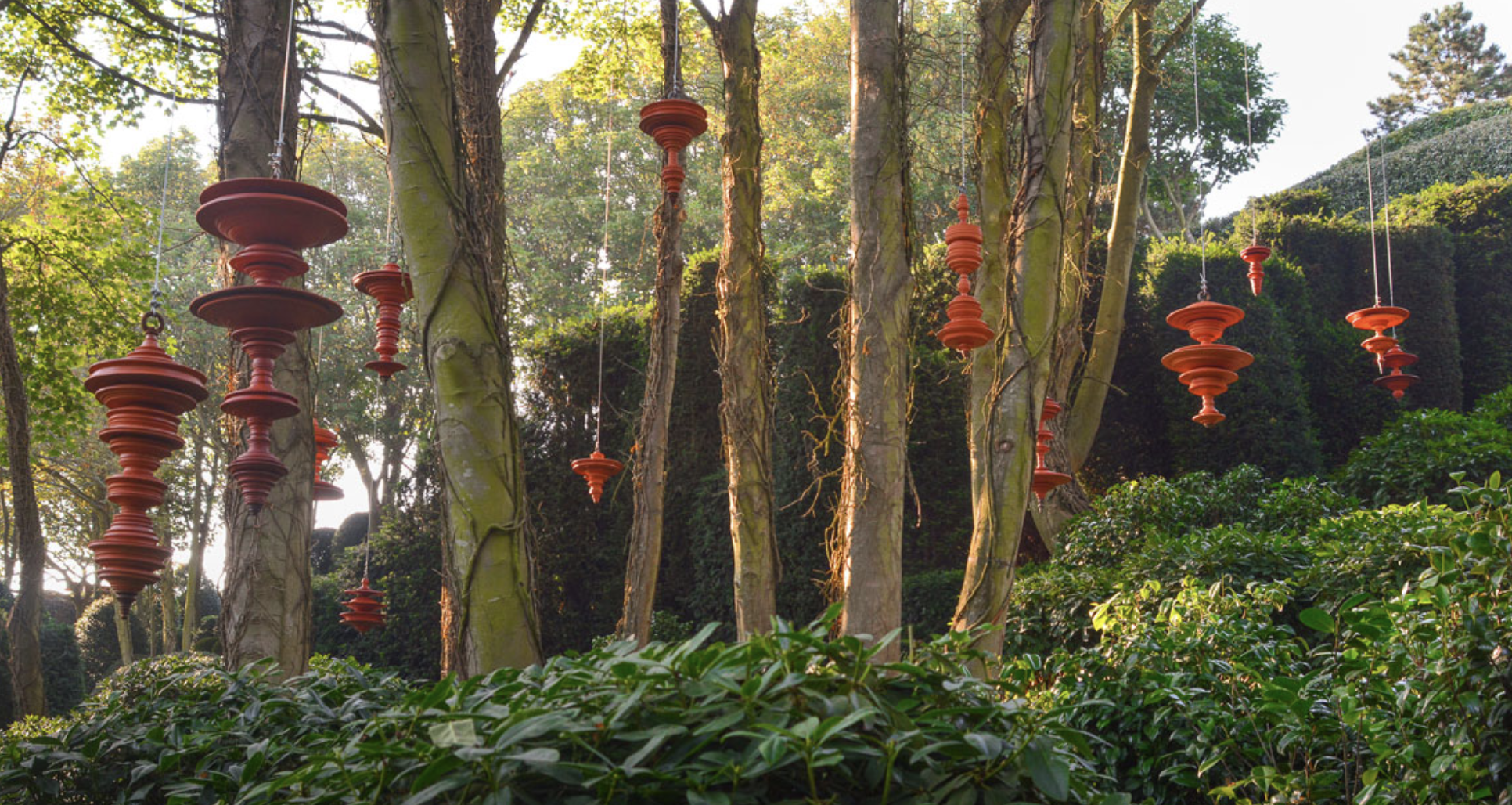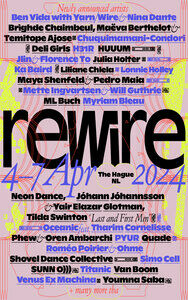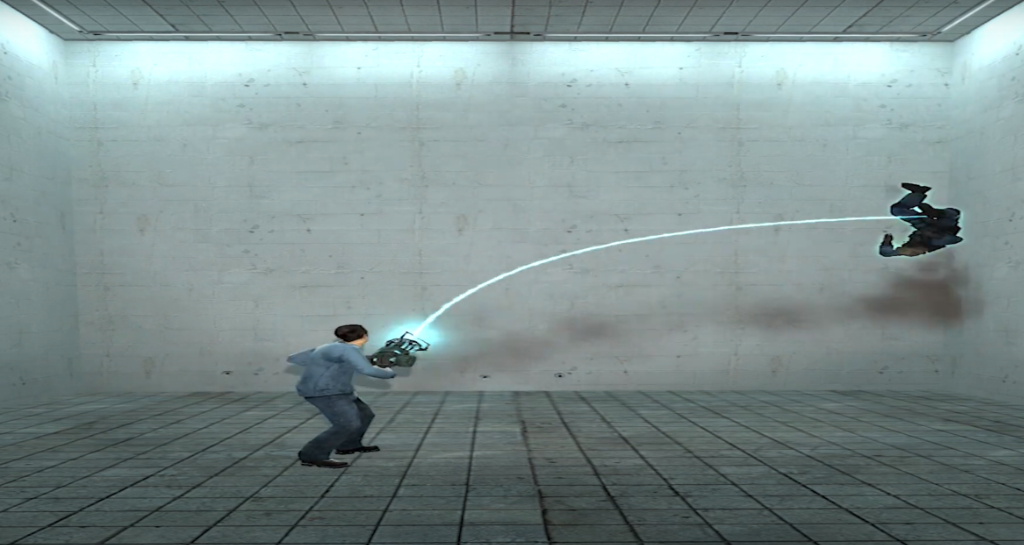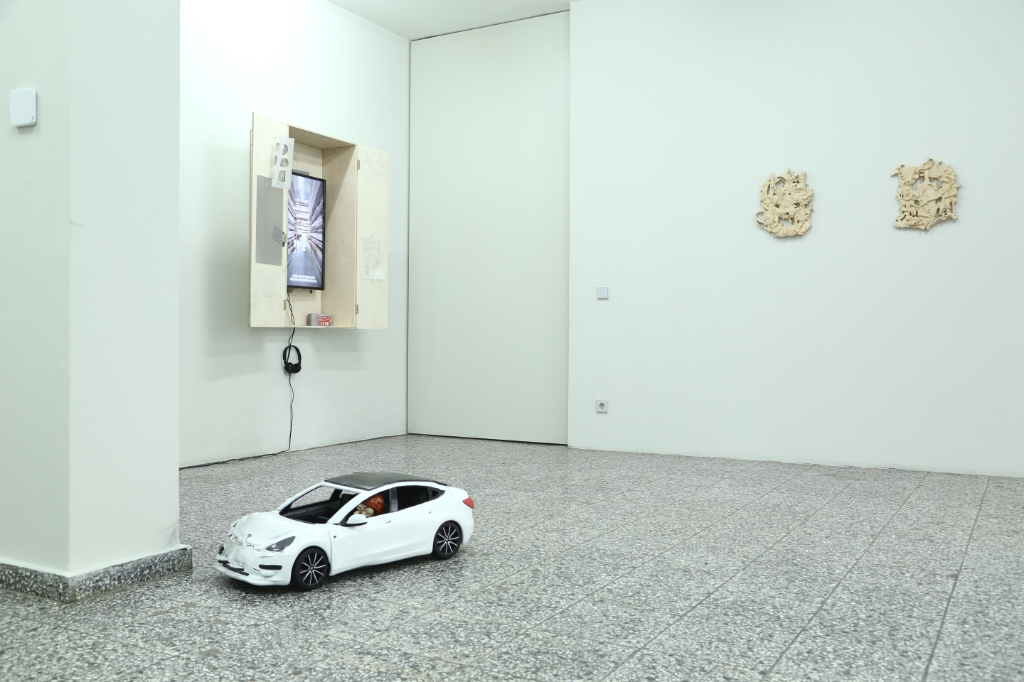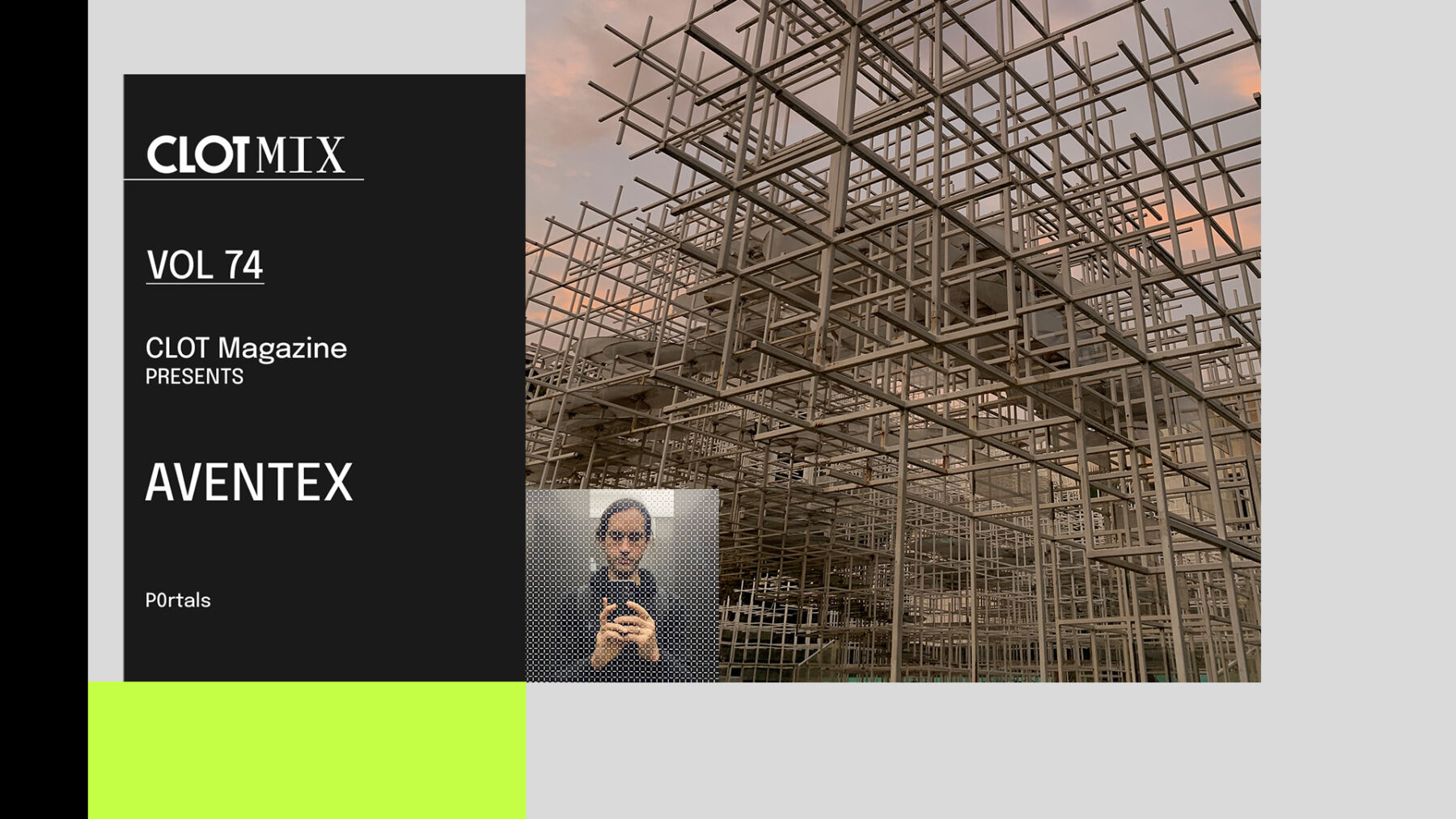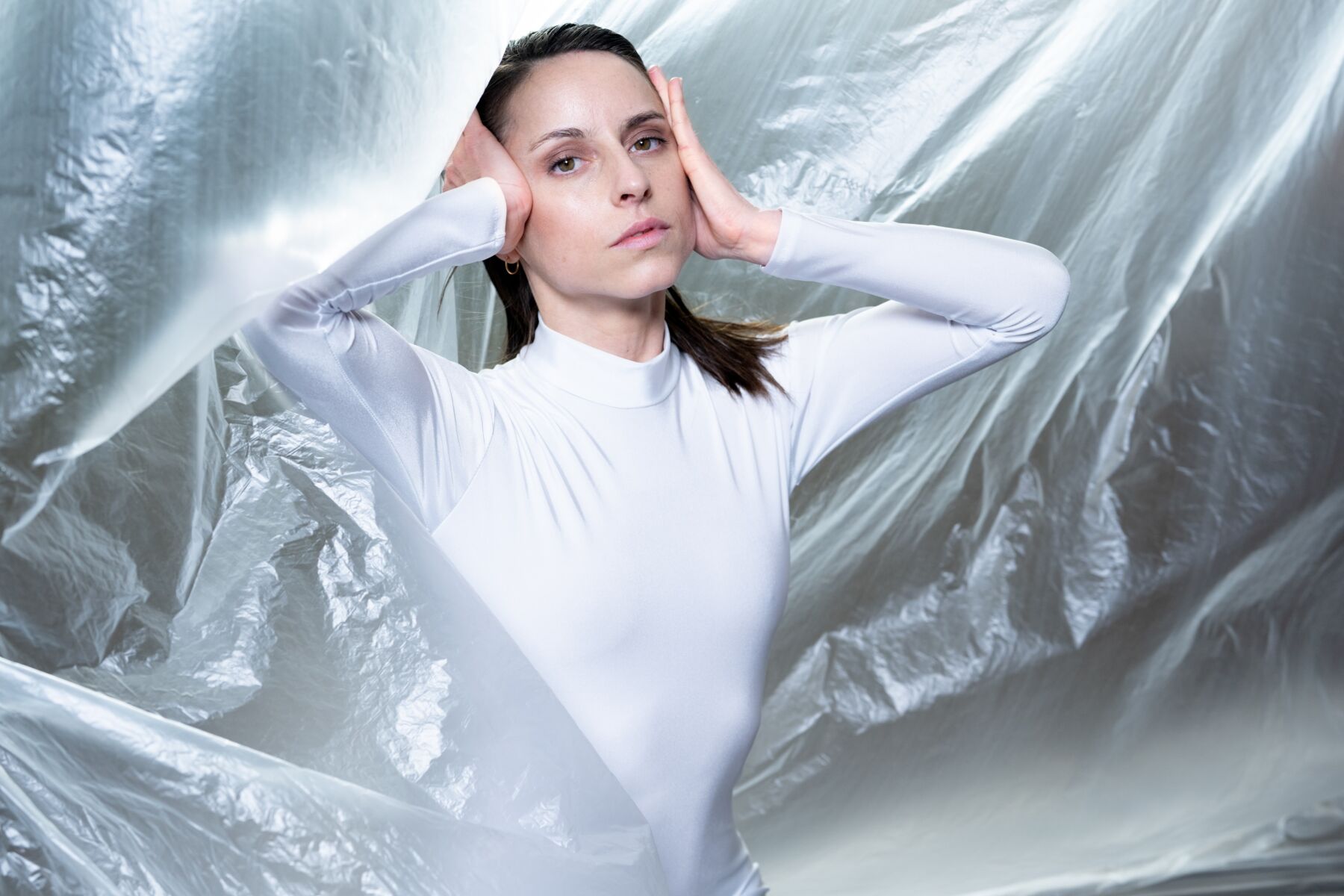Text by CLOT Magazine
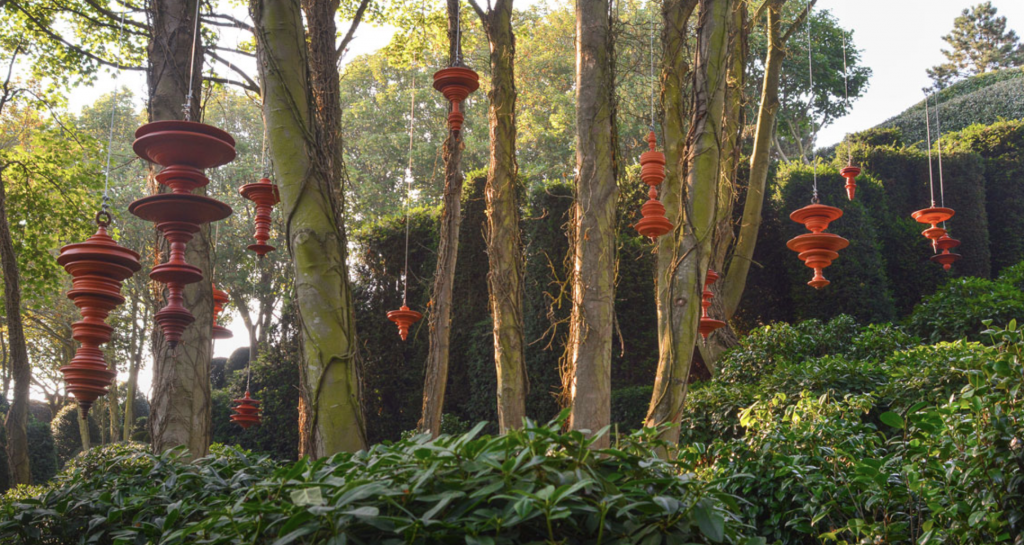
Wolfson College Arts (Oxford, UK) launched the experimental outdoor installation Until the Word is Gone created by artist Sergey Katran and curated by Irene Kukota. The exhibition opened on, 24 November 2021 and will remain on display in the college gardens until 23 October 2022.
Katran is a Ukraine-born, Moscow-based artist and curator with a background in biology and chemistry biology and chemistry which he combined with a Fine Arts degree from the School of Visual Arts. With his practice, grounded in recent scientific and technological findings, the artist experiments with Science Art and Biomedia, and works in various media, such as installation, sculpture, performance, and video.
Until the Word is Gone features twenty-six terracotta sculptures created between 2016 -2021 and embodying sound waves of the word “art,” uttered in dead, endangered and living languages (among them are Wichita USA, Pushtu, Pujarati, Finnish, Japanese, Tibetan, Armenian, French, Kazakh, and many others).
The installation is an in-depth cross-disciplinary project at the intersection of linguistics, art, ethnography and anthropology. It is an exploration of the nature of human language and the origins of human civilisation. It is believed that the first art forms appeared at least 30,000 years ago, and the emergence of the word “art” marked a transition to an important new stage in human evolution. There is also strong evidence of a neurological relationship between visual creativity and language.
The project investigates the correlation between meaning and visual representation, as the word “art” assumes shapes of multiple phonetic sound waves transformed into terracotta sculptures. Whilst encouraging the awareness of humanity’s shared linguistic heritage, the project also reminds us of the endangered indigenous languages, which, sadly, continue to disappear. The sculptures embody the fragility of human civilisation and the vulnerability of the cultural heritage subject to the destruction caused by wars, natural disasters, and climate change.
Katran commented that he drew inspiration for the project from his friendship with the late linguist, poet, hyperpolyglot and ‘linguo-diver’ Willie Melnikov, who was believed to have studied over 100 languages. For the installation, he translated “art” into 125 languages. Before dedicating his life to poetry and linguistics, Melnikov obtained his PhD in Medicine and worked as a virus researcher.
The artist comments on this project: I would say that, partly, it is a summary of human civilisation. As long as we speak a language, we remain human. As I see it now, its major contribution is in drawing attention to the indigenous languages, thus, reminding us of the linguistic diversity that still exists on our planet, and the need to protect and preserve this diversity.
The anthropic factor that came to dominate our civilisation started to pose a serious threat to this planet and ourselves. The anthropocentric perspective, proclaiming humans the crown of creation, has proven a dangerous delusion. Today, we are facing the challenges of planetary scope, caused by humans. As a result, I experience some sense of melancholic nostalgia for the vast human cultural heritage amassed over the millennia. I perceive it to be in great danger.”
Katran plans to expand his project further and invite other scholars and linguists to collaborate on it. He wishes to focus solely on rare and endangered languages, especially anticipating the 2022-2032 UN International Decade of the Indigenous Languages. It is crucial to draw attention to the critical loss of these languages worldwide.

